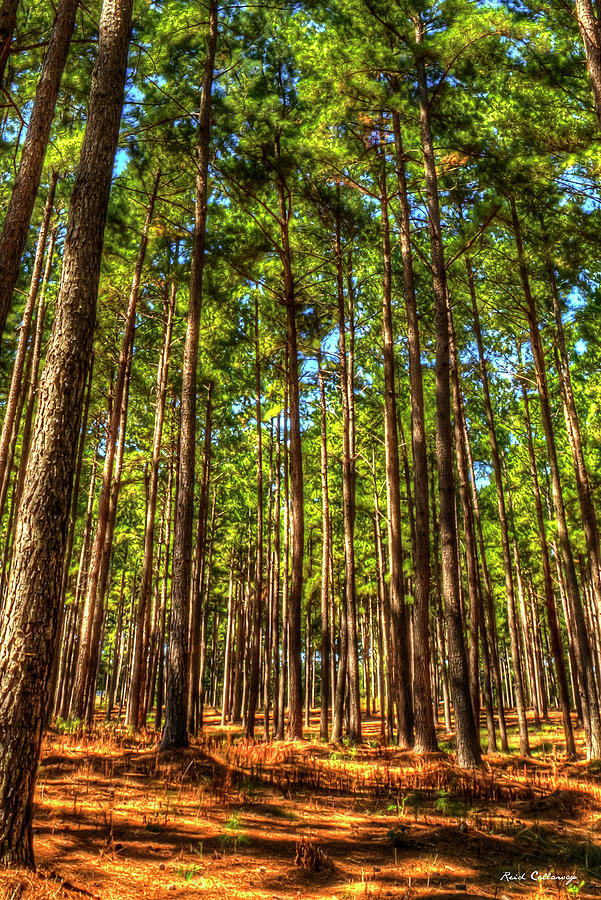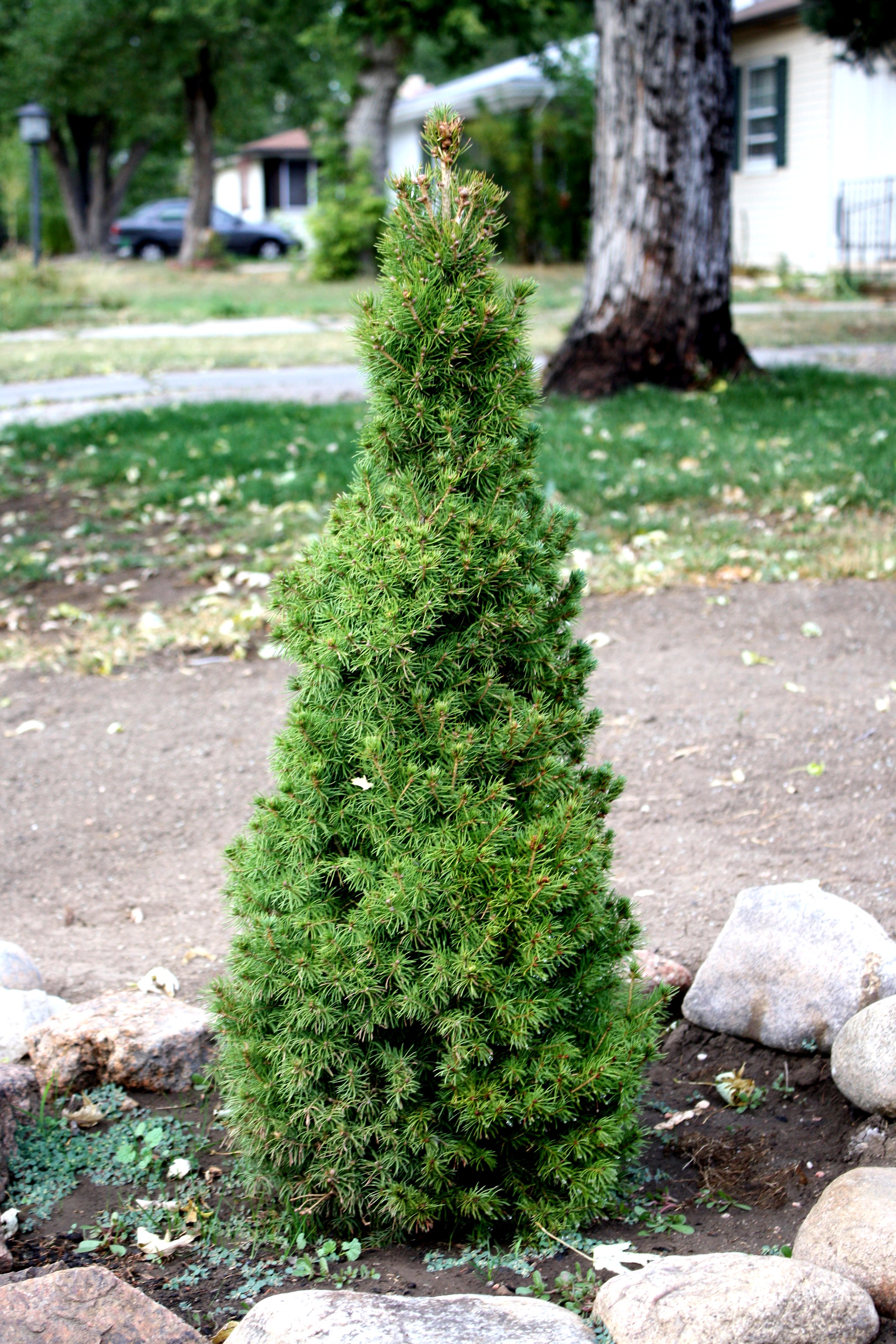

#PINE TREES DRIVERS#
However, a wide range of evidence documents the limitation of this common approach accounting for concurrent environmental drivers only and, instead, strongly suggests to additionally consider past conditions (Anderegg et al., 2015 Ogle et al., 2015 Jump et al., 2017 Zweifel & Sterck, 2018 Kannenberg et al., 2019a). Physiological responses of plants in general, and trees in particular, are often explained by current environmental conditions in, for example, ecophysiological models (Steppe et al., 2006 Zweifel et al., 2007 Medlyn et al., 2011), wood formation studies (Drew et al., 2010 Rathgeber et al., 2016 Delpierre et al., 2019) or assessments of climate-vegetation dynamics (Liu et al., 2018 Ma et al., 2019). We conclude that leaf area and its adjustment time to new conditions is the main determinant for radial stem growth of pine trees as the transpiring area needs to be supported by a proportional amount of sapwood, despite the growth-inhibiting environmental conditions.Needle turnover rate was found to be most important to accurately model stem growth dynamics. Modelling suggested that organ and carbon reserve turnover rates play a key role for a tree’s responsiveness to environmental changes. Biophysical processes responded within days, whereas needle and shoot lengths, crown transparency, and radial stem growth reached control levels after up to 4 yr only. We found that the irrigation stop led to a cascade of downregulations of physiological and morphological processes with different response times.
#PINE TREES SERIES#
Measured ecophysiological time series were analysed and interpreted with a system-analytic tree model. Here we investigated legacy effects on structures and functions of mature Scots pine in a dry inner-Alpine Swiss valley after stopping an 11-yr lasting irrigation treatment.The interplay of the different response times and processes, and their effects on long-term whole-tree performance, however, is hardly understood. Tree responses to altered water availability range from immediate (e.g.Never prune back to bare wood.Ĭo-national champion eastern white pines, both in Michigan, are 201 and 181 feet tall. This should be done after the new growth starts. Eastern white pine takes shearing very well. In the proper site location, eastern white pine can make an excellent large background screen. A needle may persist as evergreen for two or three years before falling to the ground. The rust organism uses wild and cultivated currants and gooseberries (Ribes spp.) as alternate hosts and so is more of a problem in northern areas where currants grow wild.Īlthough white pines are considered evergreen, the needles do show yellow autumn color and fall off the tree. The disease kills the main branches of the pine and can be fatal. In certain parts of the U.S., white pine blister rust limits the utility of eastern white pine. When the northern white pine was logged out, the lesser-quality southern white pine of the Appalachians was logged until it was depleted. 1 natural resource until the timber ran out in 1900.

After independence was obtained, the reckless exploitation of the towering white pines started in New England and moved through the Great Lakes states. The colonists' anger toward Britain's intrusions was fueled by these visible reminders and the ownership of the white pine trees was a major motivating factor for the American Revolution. Alarmed by the colonists' "timber stealing" from the crown's land, William and Mary decreed that the best specimens were to be saved for the Royal Navy and their agents marked those trees with the royal emblem. American colonists relied on white pine as one of their few exports, along with fir and fish. The quality of the wood and the long straight stems have made it ideal for many uses, particularly as shingles and ship masts.

Primeval white pine forests towered to 250 feet when Europeans first discovered this bountiful resource. White pine was once the dominant tree in its range and the tallest native tree in eastern North America. Not wanting to rely on the difficult-to-cut hardwoods for their coffins, "coffin pines" (white pines) were planted at new homesteads. When settlers moved westward they found primarily hardwoods. The wood of the white pine is exceptionally light and strong, resists warping and is easily cut in any Pinus strobus (Eastern White Pine) Pine Family (Pinaceae) pg.2 Additional information (continued): direction.


 0 kommentar(er)
0 kommentar(er)
